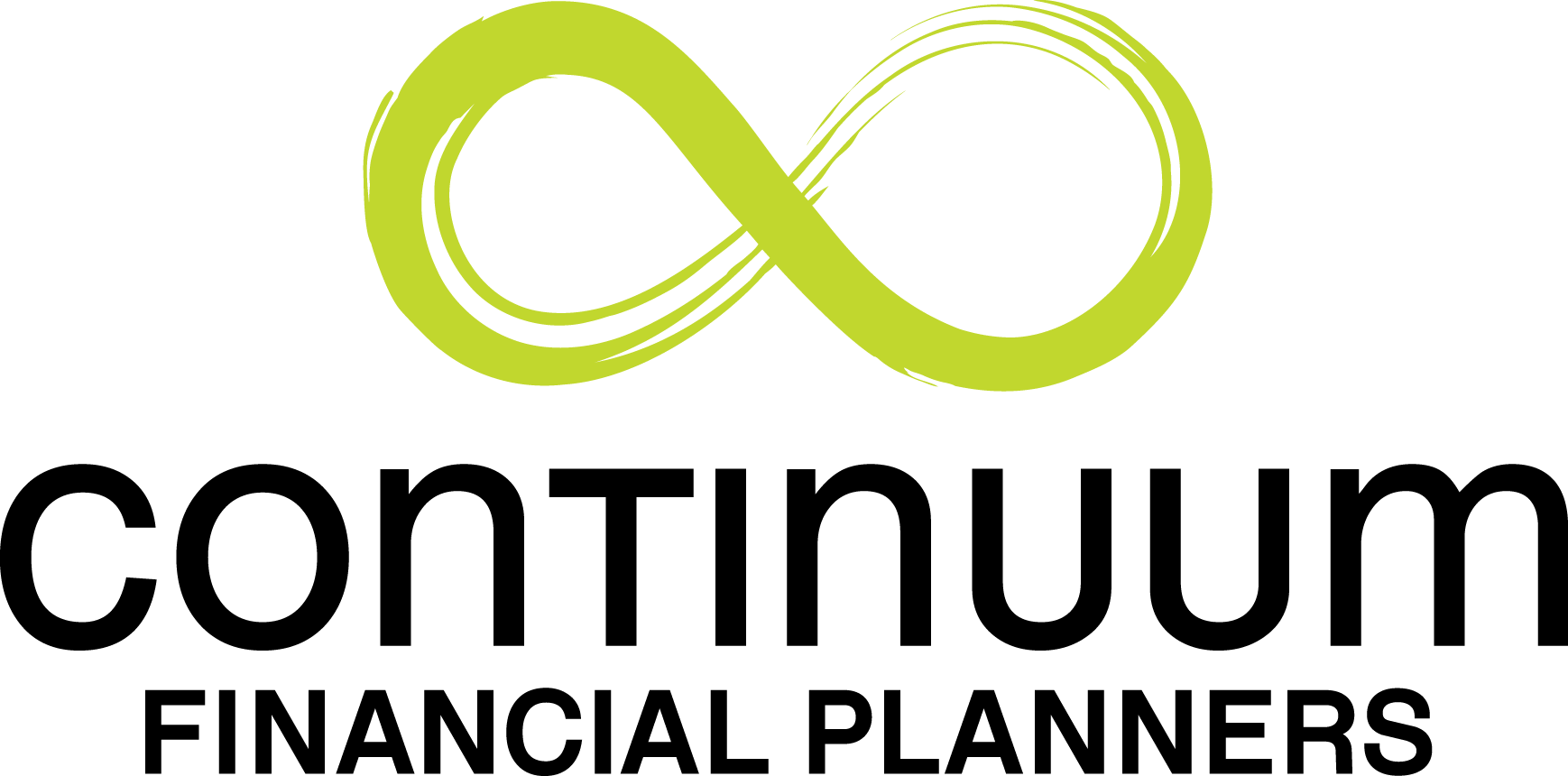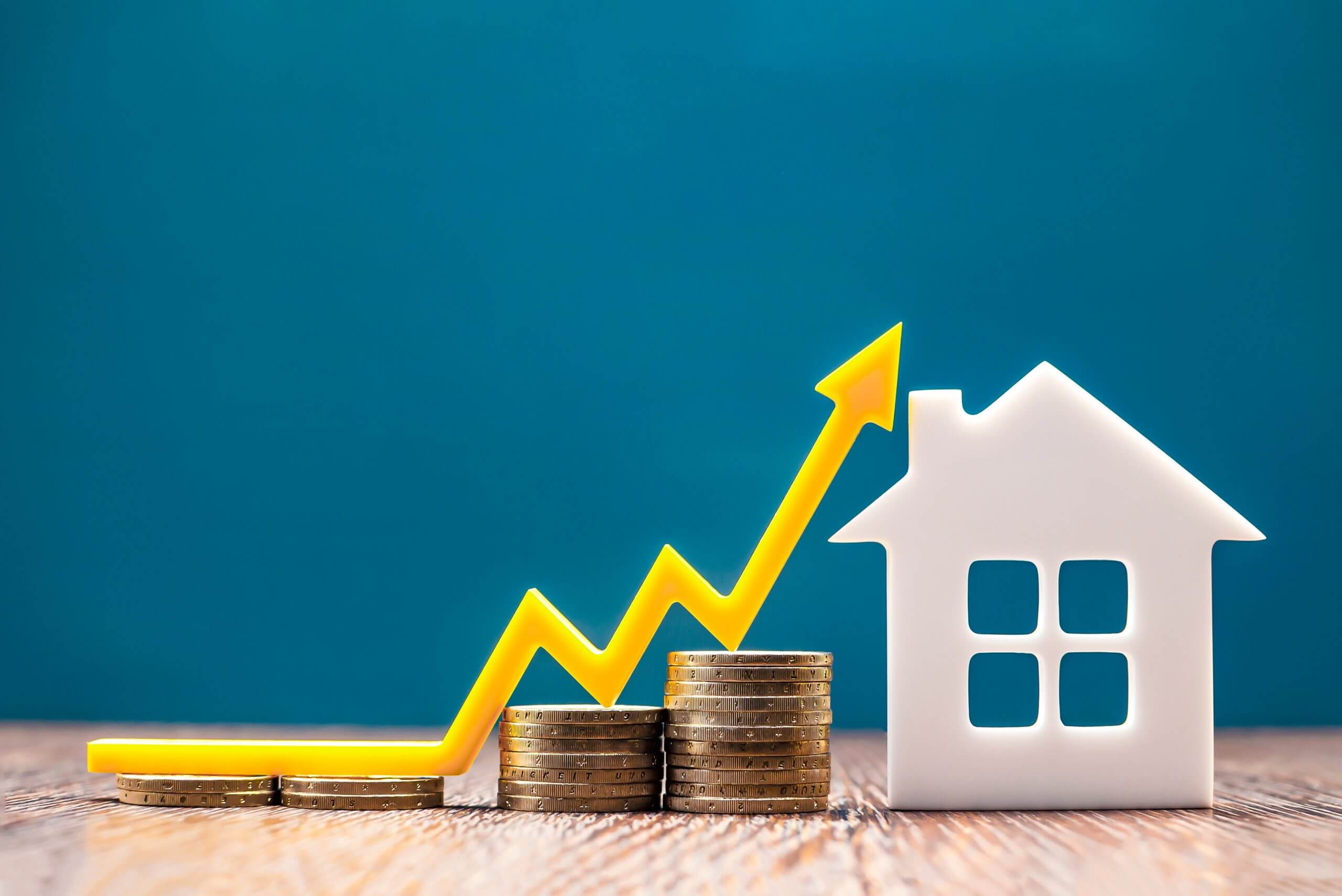Debt recycling benefits are, by strategy definition, only available to investors. Investors who gear (borrow to fund) their investment strategies need to be aware of the consequences of having debt against their assets: whilst the leveraging obtained in this way will magnify any gains made through the process, losses too will be magnified in any market downturn. This article addresses the situation whereby gearing is in place and being managed –
- to be more tax effective; and,
- to reduce debt.
What is ‘debt recycling’?
Debt recycling is a process whereby –
- existing debt converts from one form (the interest on which is not tax-deductible), to
- another (the interest on which is tax-deductible) – or, as it is more commonly referred,
- converted from ‘bad’ debt to ‘good’ debt.
The debt recycling strategy in the investment context, utilises wealth and debt management processes in the recycling.
The ContinuumFP website library includes an article, ‘Bad Debt made Good‘ that further explains this strategy.
How do disciplined investors realise debt recycling benefits?
Over time, the debt recycling benefits will result in reduced ‘after-tax’ interest cost on private home loan borrowing(s), BUT…
It is imperative that the borrowings and management of the funds flowing in the implementation of this strategy –
- be precise so as to ensure that the correct tax treatment is afforded, and
- the interest costs for the respective elements of the borrowings understood and allocated.
Debt recycling benefits benefits arise as –
- the tax-deductible portion of the interest, lowers your interest cost in real terms, as you build an investment portfolio;
- your investment portfolio generates passive income which, with the tax benefits arising from the geared investment portfolio, assists in reducing the overall level of debt;
- you remain comfortable with the existing level of debt, and your home loan decreases by the combined effects of
- the interest cost, tax deduction and
- the additional income generated by the increasing investment, and
- additional capital becomes available for the investment portfolio.
However, for the optimum benefit to be received, the separate interest costs incurred must be carefully recorded and treated.
This strategy is aimed at repaying your home loan faster, while –
- building an investment portfolio that is focused on capital growth,
- has tax effective income, and
- generates tax deductible borrowing expenses that
- reduce the real cost of the interest payable.
The objective is to help home owners to more quickly eliminate non-tax deductible interest – and to commence an investment portfolio aimed at providing longer term wealth management goals and financial independence objectives.
How can you be more financially efficient…
Clients that are in the process of buying their own homes, and –
- who have at least 30% equity in their homes (on lender valuation), and
- who wish to use a diversified investment strategy that is focused on providing
- tax effective income, and
- long term wealth accumulation,
should arrange a meeting with one of the Continuum Financial Planners Pty Ltd experienced financial advisers.
Because this is an investment strategy that involves gearing, we will –
- take you through a process of investor risk profiling to satisfy you (and ourselves), that
- you are able to accept the levels of risk involved in investing in this way,
- to start on your journey of wealth creation optimised with debt recycling benefits; and
- we will provide you with the appropriate cautions as to the magnifying effects that gearing can have on an investment portfolio,
both for the good and the bad!
To make an appointment with one of our experienced advice team –
- phone our office on 07-34213456, or
- at your convenience, use the linked Book A Meeting facility.
Our team works to the mantra that –
‘We listen, we understand; and we have solutions..’
to your financial planning needs, that we deliver in
personalised, professional wealth management advice.
(This article was originally posted by us in July 2008. We occasionally refresh/ update it, most recently in July 2025.)


